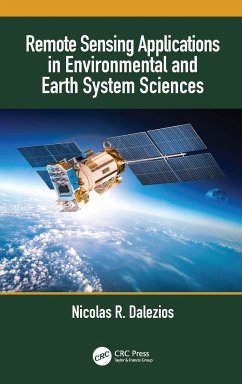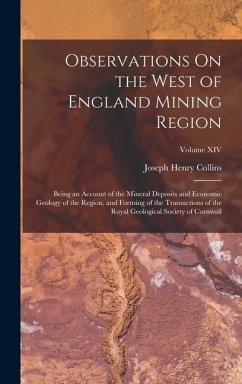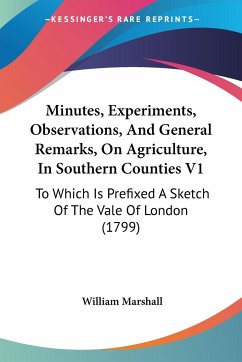Dr. Dileep Kumar Gupta received the M.Sc. degree in Electronics from the University Institute of Engineering and Technology, C.S.J.M. University, Kanpur, Uttar Pradesh, India, in 2009. He has completed a Doctorate with the Department of Physics, IIT (BHU), Varanasi, India. Dr. Gupta qualified in the National Eligibility Test in Electronic Science and the Graduate Aptitude Test for Engineers in Electronics and Communication Engineering. Currently, he works as an Assistant Professor (Grade II) at Galgotias University, Greater Noida, UP, India. His research interests include multi-sensor remote sensing and climate data processing, geoinformatics, artificial intelligence and machine learning algorithms, disaggregation schemes for high-resolution soil moisture retrieval, and agriculture remote sensing. Prof. Abhay Kumar Singh has made outstanding contributions to teaching and research in space weather studies, particularly the upper atmosphere over low latitudes and characteristics of aerosols over IGB. His work is widely cited in books, reviews, and papers. Prof. Singh established the Atmospheric Research Lab, recognized by ISRO, and has published more than 200 research papers. Prof. Singh has visited and lectured in The Netherlands, Busan South Korea, ICTP Italy, Sopron Hungry, New Orleans, Pasadena, and Boston, USA. He is also an esteemed and actively involved member of several world-renowned scientific societies, which include the Indian Physics Association, Indian Meteorological Society, Indian Aerosol Science and Technology Association (IASTA), and Plasma Science Society of India.
















